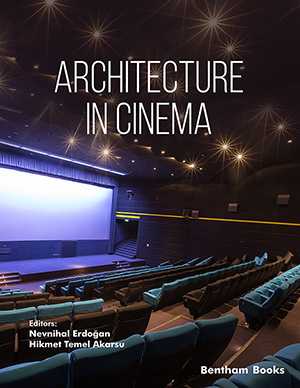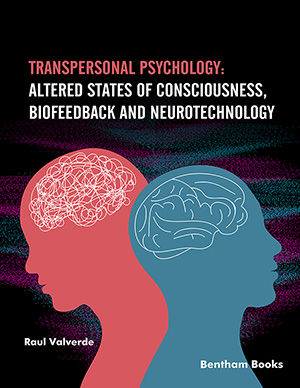Abstract
The common and main elements of cinema and architecture, the individual and the space as the living area of the individual, have the ability to connect these two disciplines and enable them to be in an interactive structure that feeds and develops each other. On the other hand, science-fiction cinema is one of the genres that contributes the most to the field of architecture, with its flexibility enriched by the limits of imagination in terms of making predictions about new ways of life and creating different worlds. In the space opera subgenre of science-fiction cinema, the Star Wars movie series is one of the most important examples that enable the realization of many fictional space designs utilizing technological innovations. George Lucas, the director of the first two trilogies of the series, seems to combine nostalgic and futuristic elements, under the influence of Victorian art, in the techniques he developed in his films and the spaces he created. In Star Wars movies, there are many virtual spaces where spatial elements existing in the real world or belonging to past eras are combined with futuristic spatial assumptions, depending on the differing climatic, physical, and geographical conditions. In his films, he benefited from the narrative-supporting aspect of architectural discipline and spatial fiction; by reinterpreting the architectural styles he used in the film series regarding different living conditions, he also inspired the architectural structures and interior setups of today and the future.
In this study, which aims to examine the retro-futuristic space-city fiction of Star Wars films, the first two trilogies directed by George Lucas will be discussed. Three separate fictional locations -on the Star Wars planet- in films shot in different years are examined in this context, and the aim is to conclude the differentiation in spatial fiction and their effects on the cinematic narrative.
Keywords: Art Deco, art Nouveau, architecture, baroque architecture, cinema, cyberpunk, dystopian movie, eclectic architecture, fictional space, frank Lloyd Wright, george Lucas, retro-futuristic space, organic architecture, star Wars Episode IV: A New Hope, star Wars, science-fiction, space opera, star Wars Episode V: The Empire Strikes Back, star Wars Episode VI: Return of the Jedi, star Wars Episode I: The Phantom Menace, star Wars Episode II: Attack of the Clones, star Wars Episode III: Revenge of the Sith, utopian movie, visual effects in cinema, victorian architecture.







